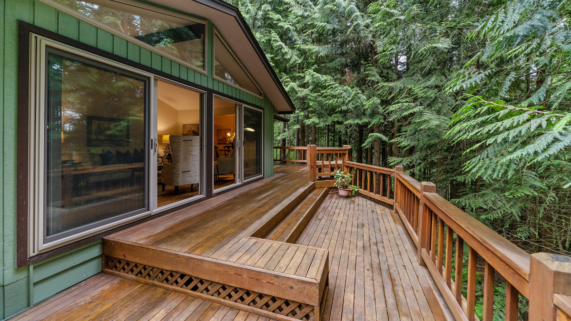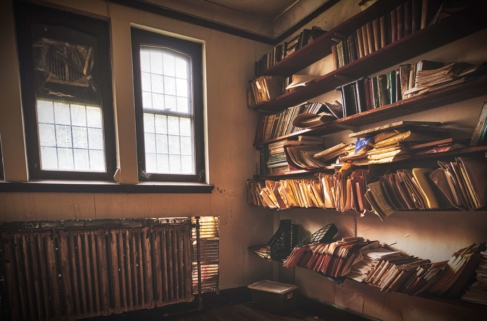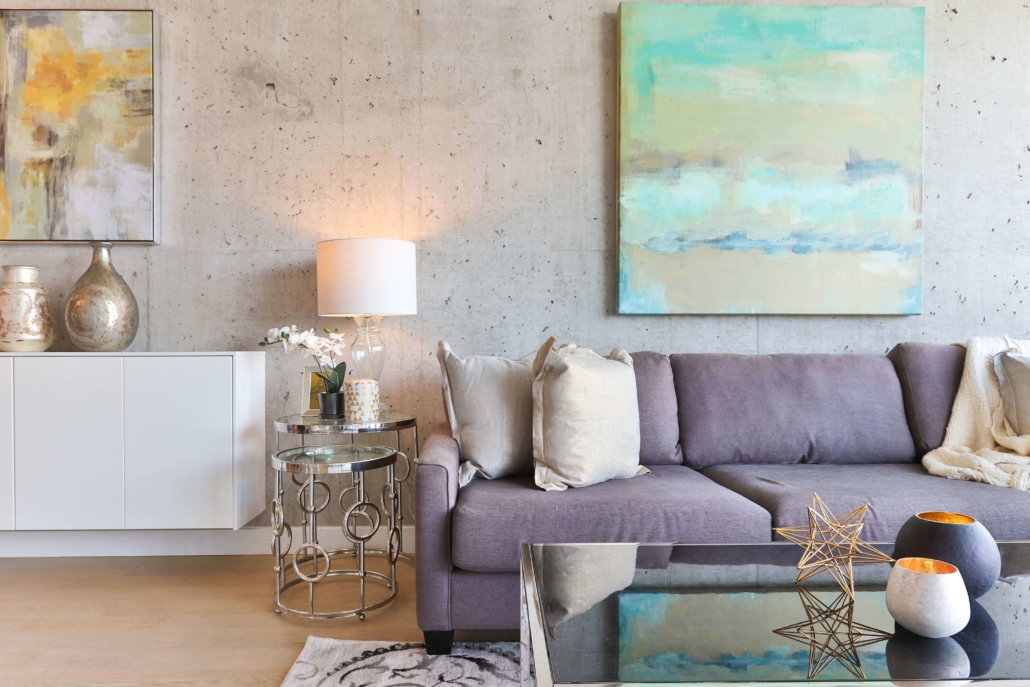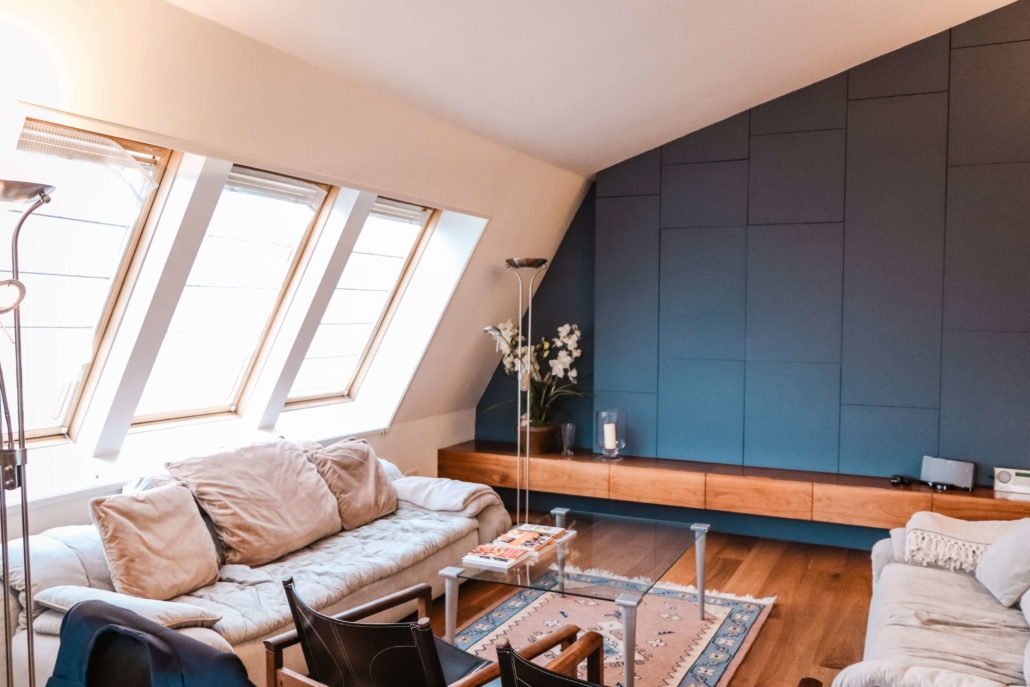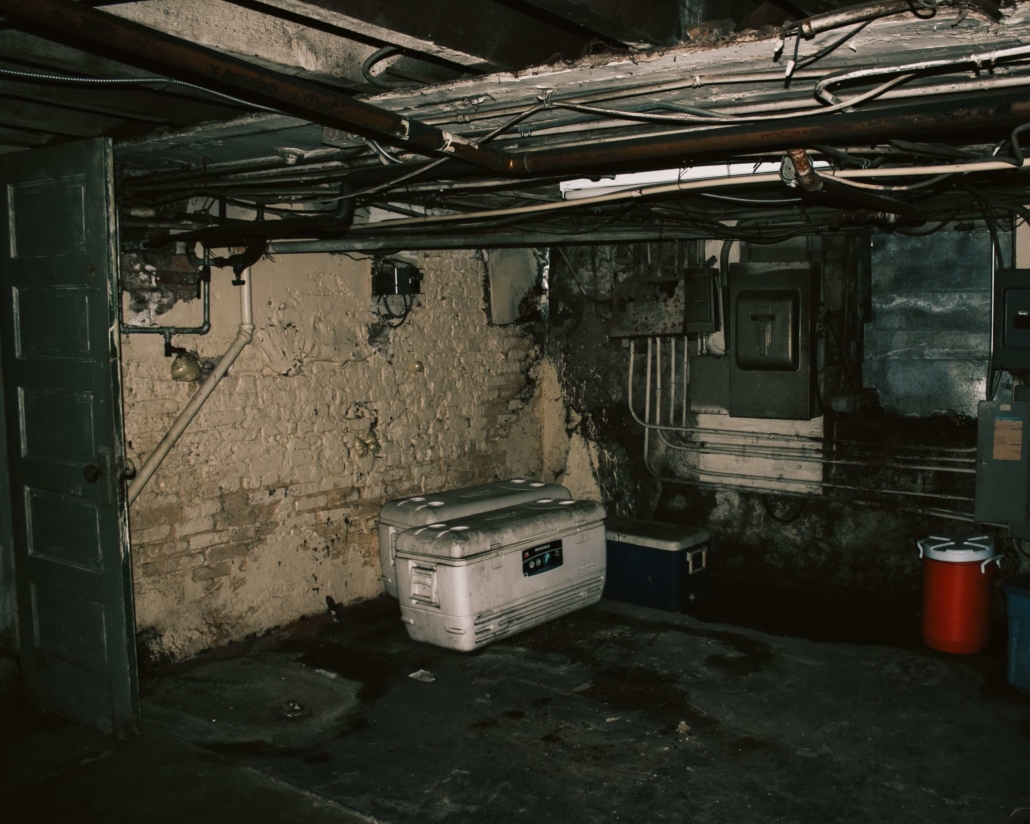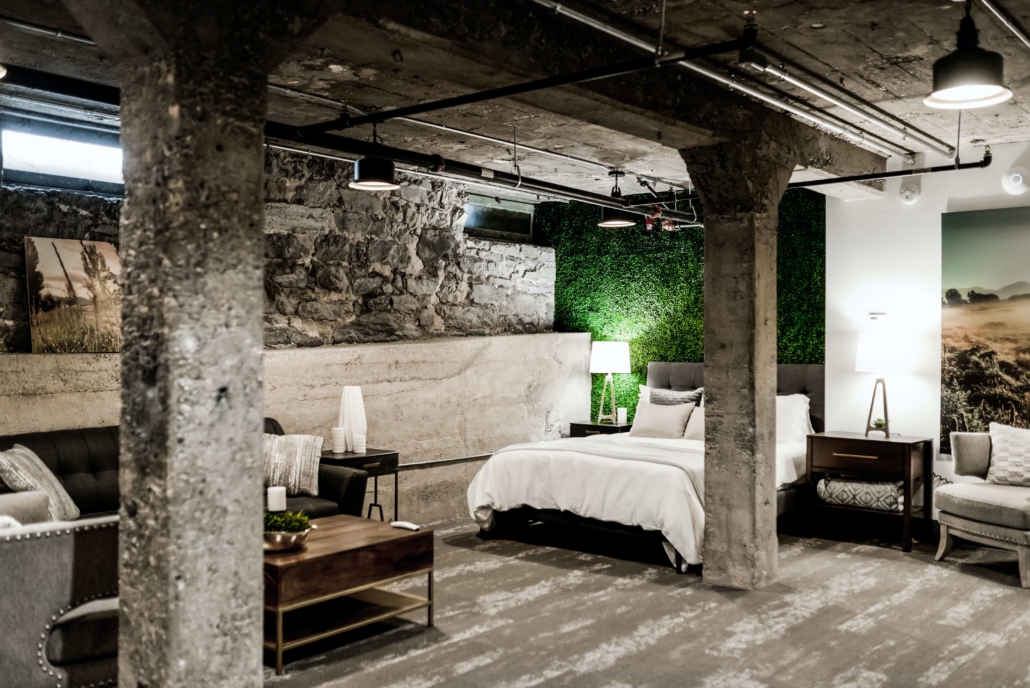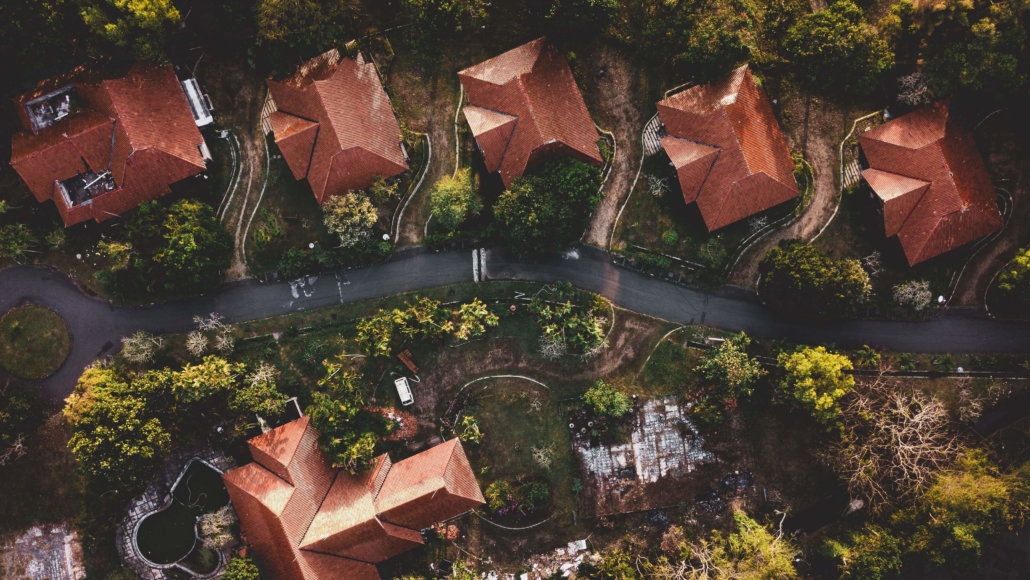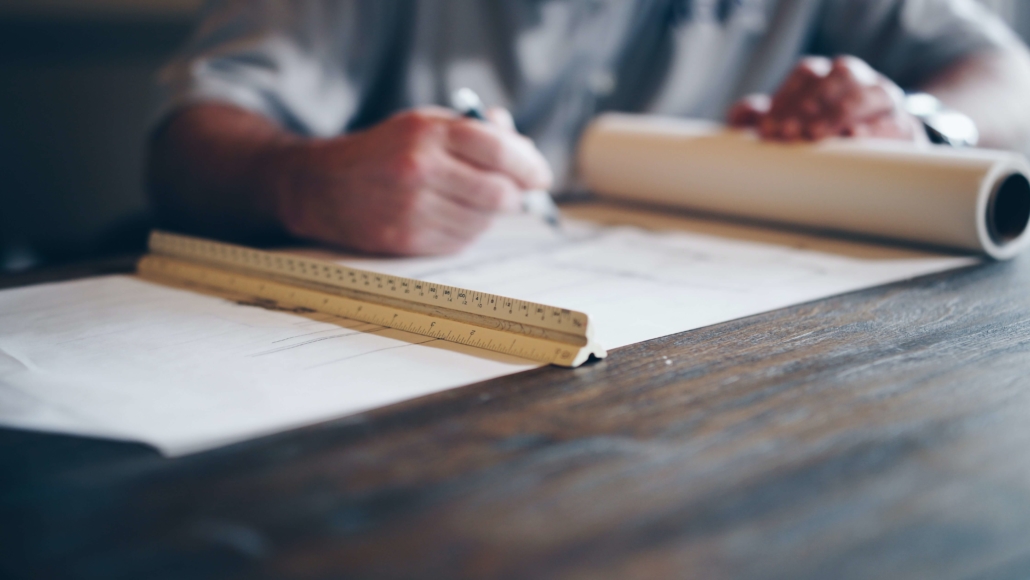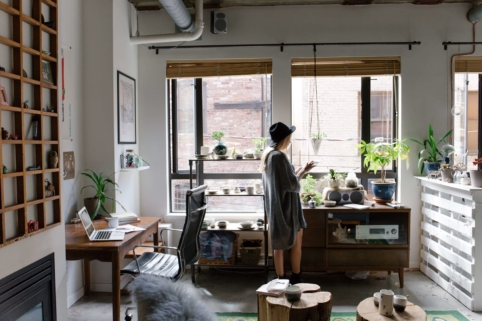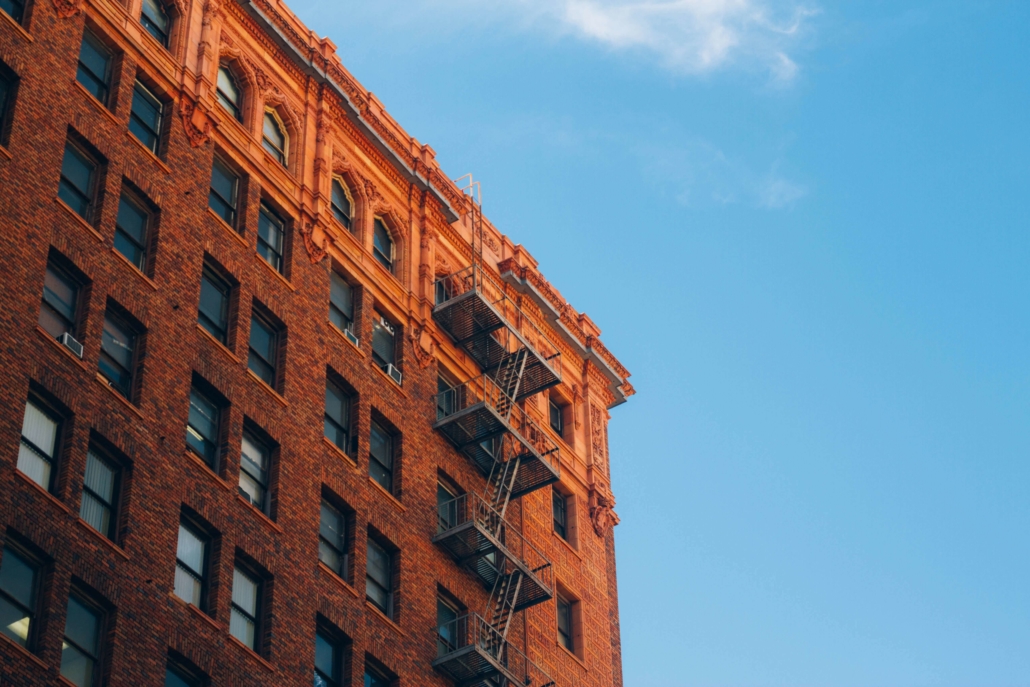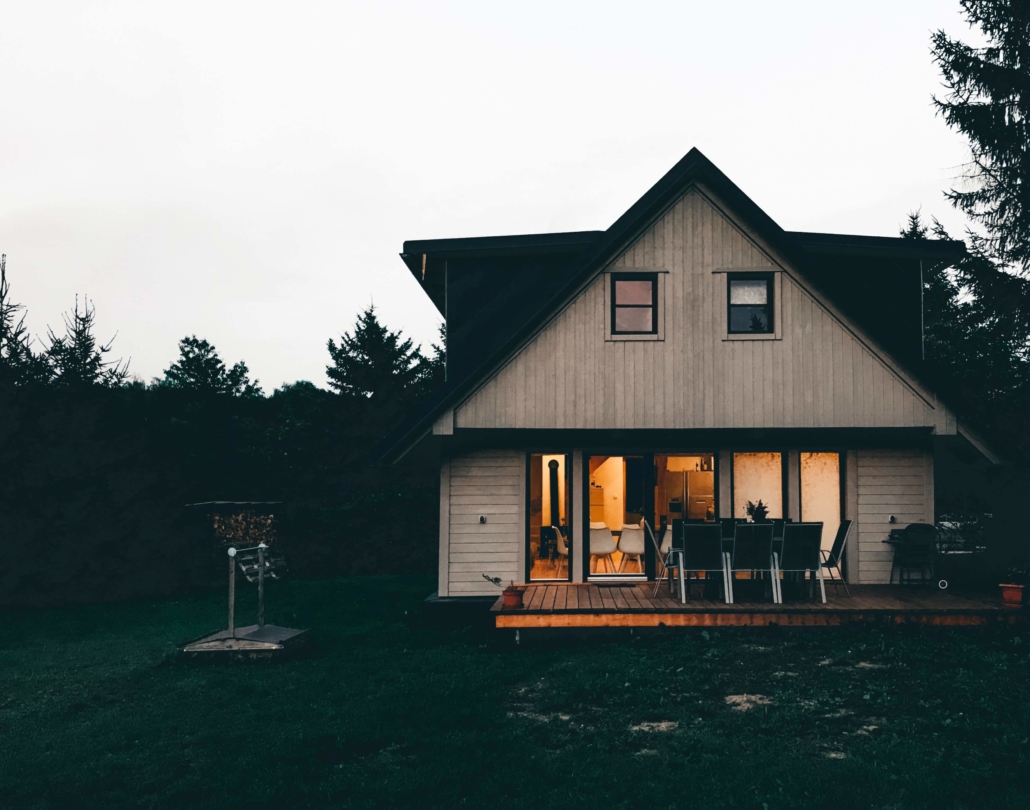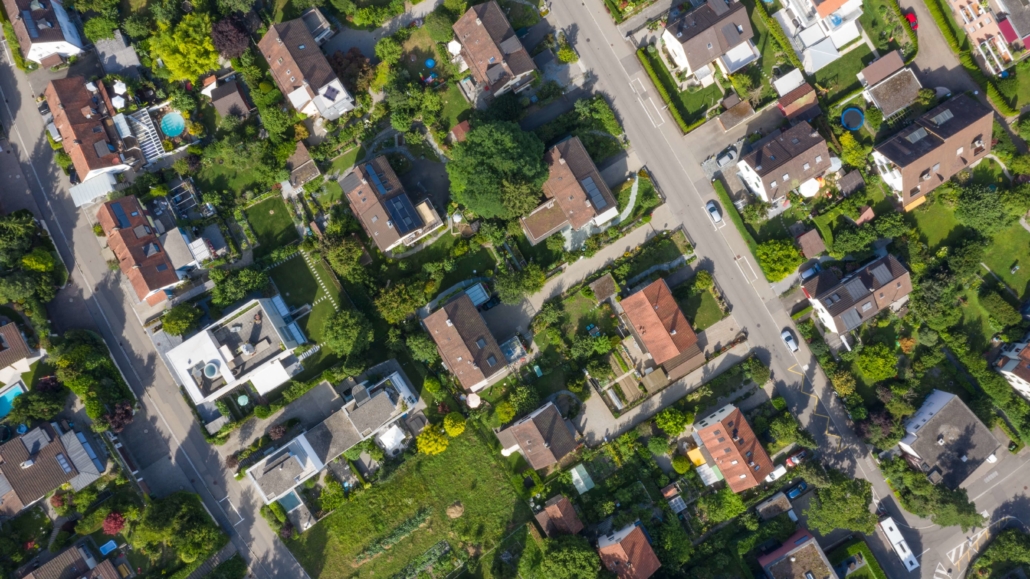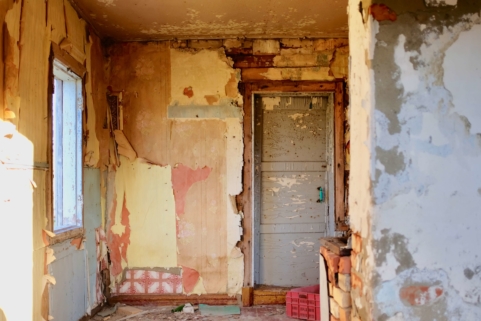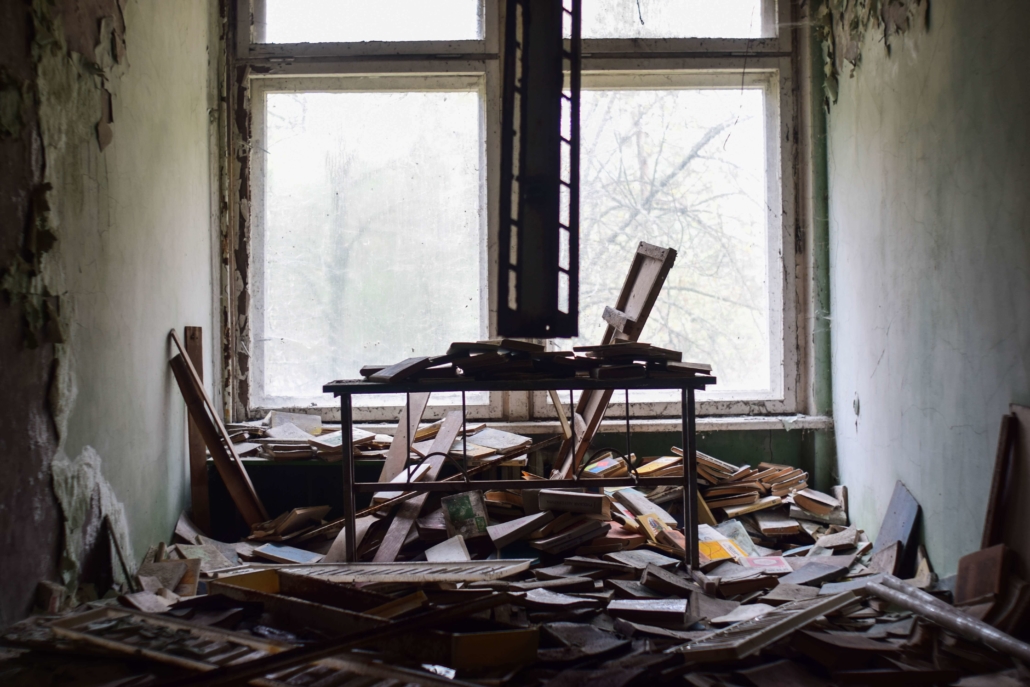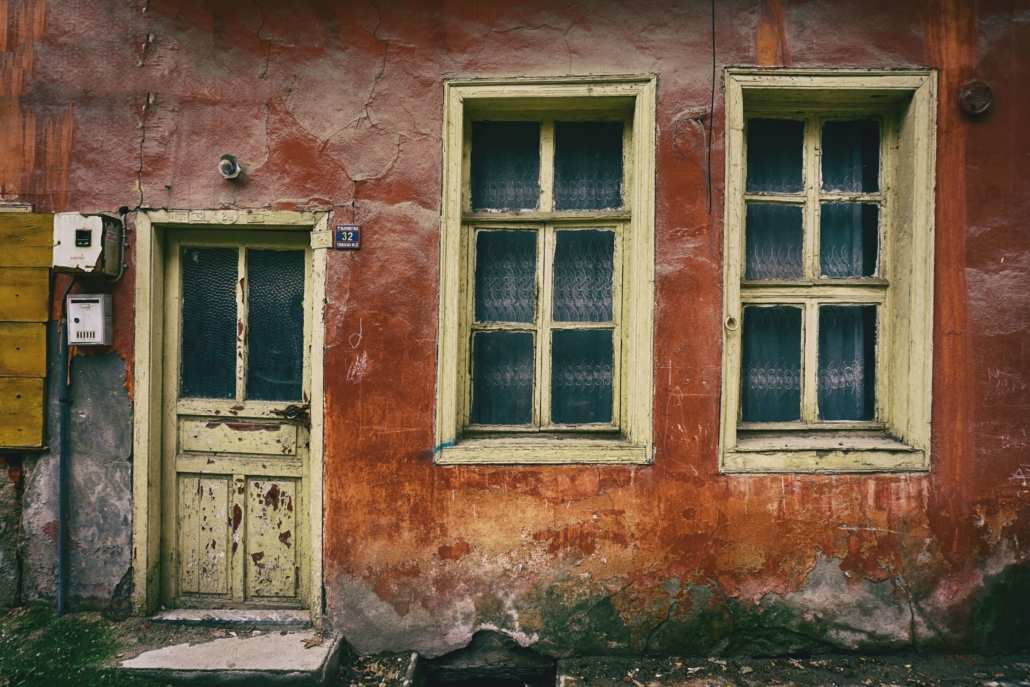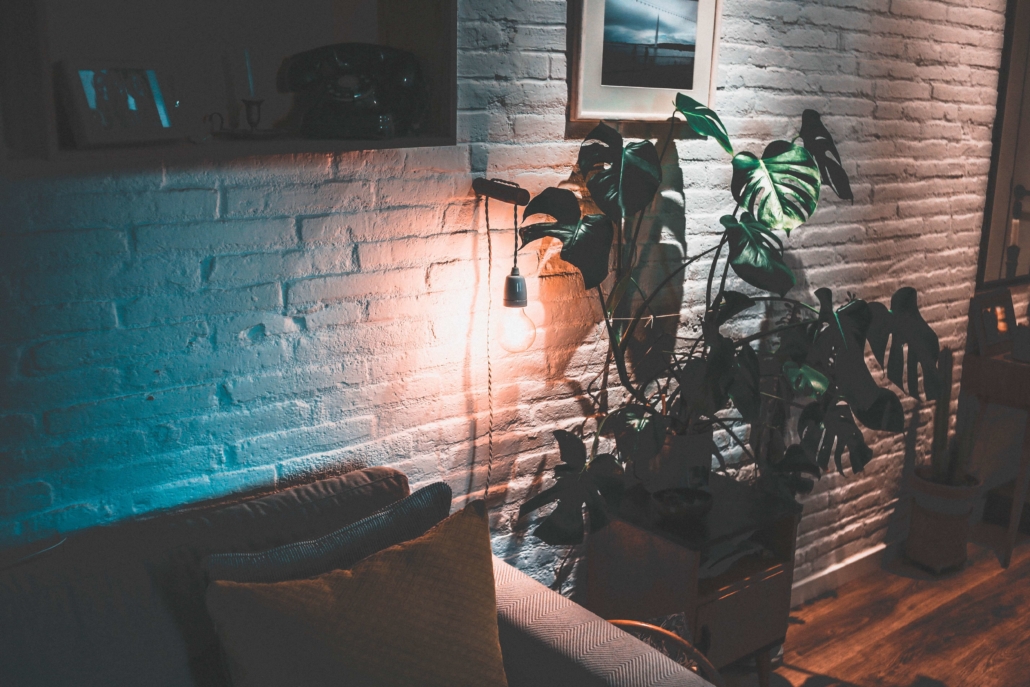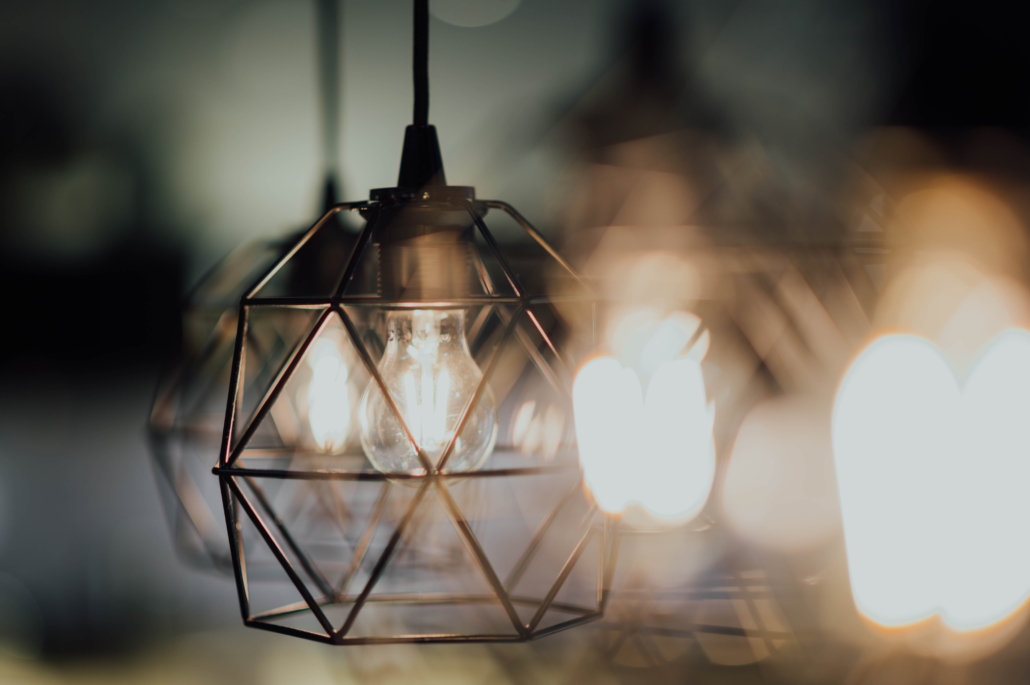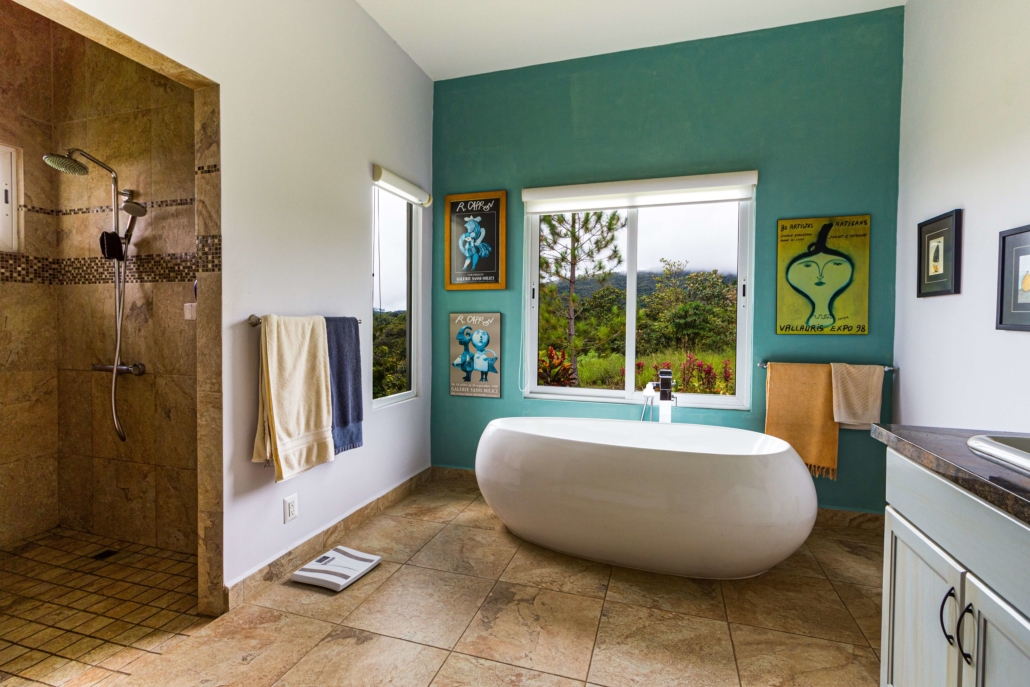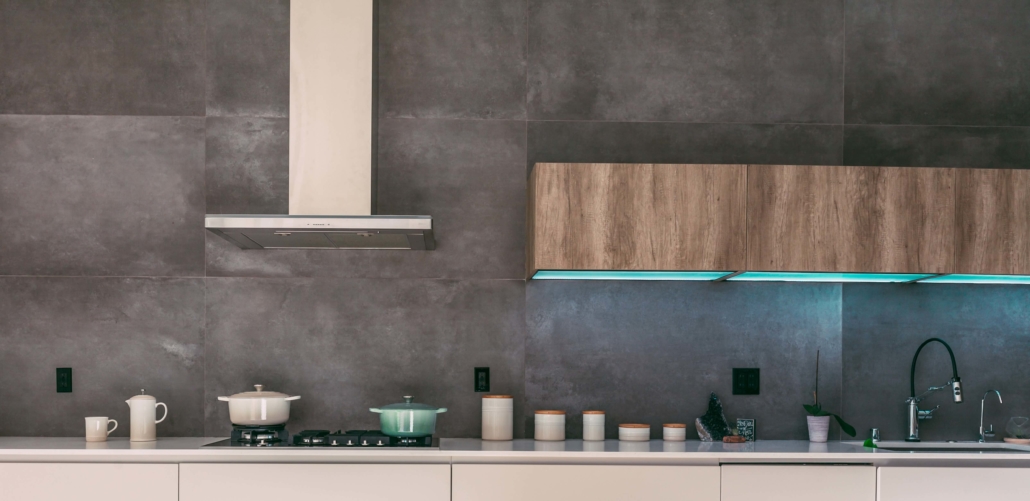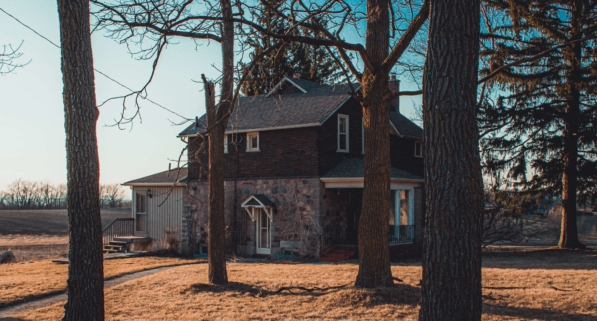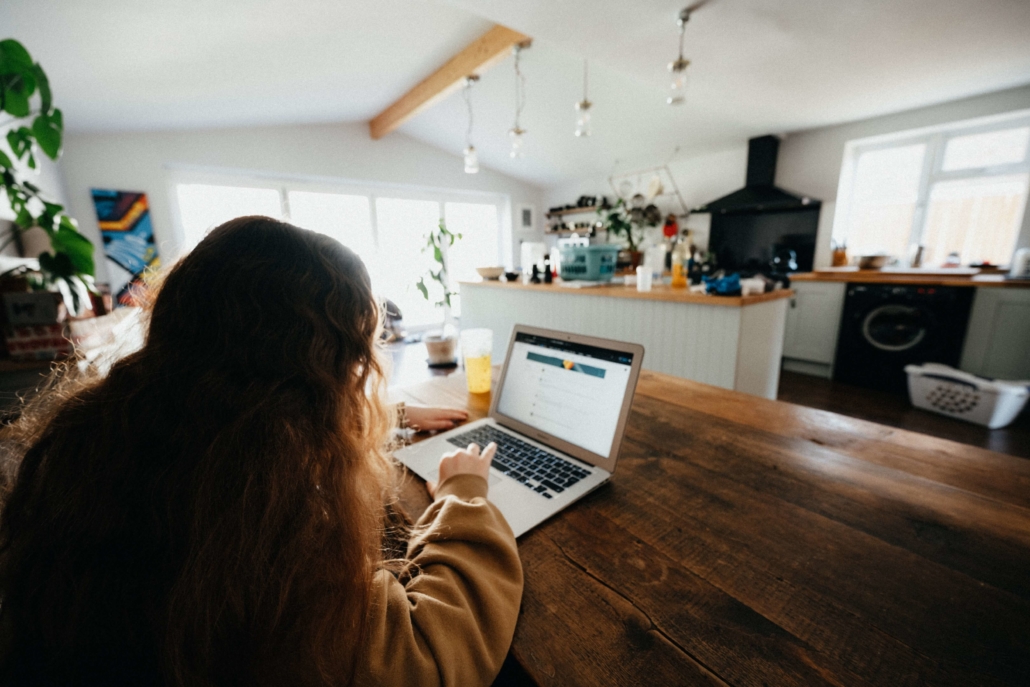Is It Worth It: Upgrading Your Backyard
We know that milkshakes bring all the boys to the yard, but will landscaping bring all the homebuyers? Welcome back to our Is It Worth It series, in which we dive into upgrades and renovations to find out, well, if they’re worth it.
Everyone wants a nice yard, but landscaping can be costly. Homeowners that are starting from scratch can spend anywhere from $3,000 to $16,000 — and that’s not even counting an in-ground pool. With all that in mind, does backyard renovation and landscaping add value to your home?
Backyard Must-Haves

If your home has a yard, there are certain parameters it should meet, at the bare minimum. Your home could actually lose value if these things aren’t in place:
Organization
Your backyard should not serve as an open storage space. Potential buyers are turned off by a messy yard — or, they’re thinking about how they can score a deal on your home. Putting in a shed could help you stay organized (it could also add value to your property). More than anything, make sure your yard doesn’t look like a dumpsite.
Regional Sense
Hardscaping or xeriscaping is practical and energy efficient in the arid Southwest. In the Midwest, people love their lawns. Southern homeowners tend to love a pool. You don’t have to stick to the “norm” for your region, but it’s good to keep in mind.
Similarly, your landscaping practices should have consistent maintenance. A dried out lawn or a grimy pool could hurt your home’s value instead of help.
An Intentional Exterior
Does your house have peeling paint or missing shingles? Are there any shrubs or flowers? Is the overall look clean and inviting or kind of shabby?
Even if you don’t have a massive yard or any add-ons, putting thought and care into your home’s exterior is extremely important. As we talked about in our bad interior design choices blog, a lovely interior doesn’t mean a whole lot if that same sentiment isn’t reflected in the exterior.
Backyard Features That Add Value
Now that we’ve covered the bare minimums, it’s time to get into the fun stuff! These are all backyard add-ons that, when done well, can end up paying for much (if not all) of their initial costs.
Adding a Deck
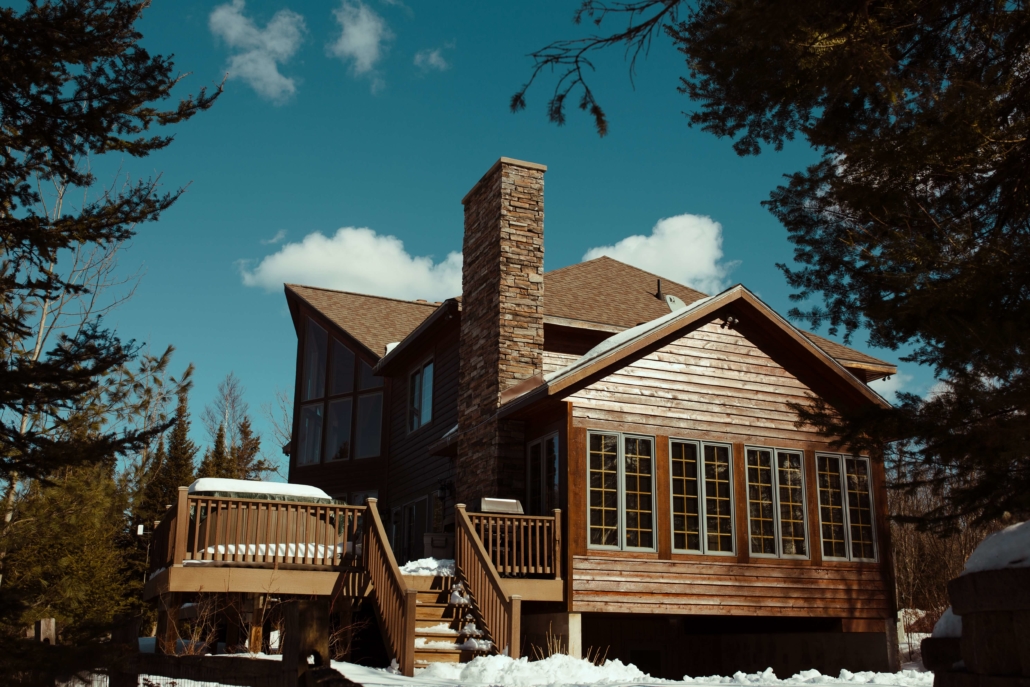
Estimated Return: 76%
If you love the idea of a deck and know you’ll use it, you could get some serious bang for your buck. Estimates show that a $13,000 deck (about 16’ x 20’) adds at least $10,000 to your home’s value. Decks play to the imagination of potential homebuyers — who doesn’t love envisioning the backyard shindigs and grill-outs they’ll have in their new home?
Putting in a Patio
Estimated Return: 69%
Patios are similar to decks both in function and return on investment. While patios are usually less expensive than a deck, a deck gets a higher return.
Installing a Pool
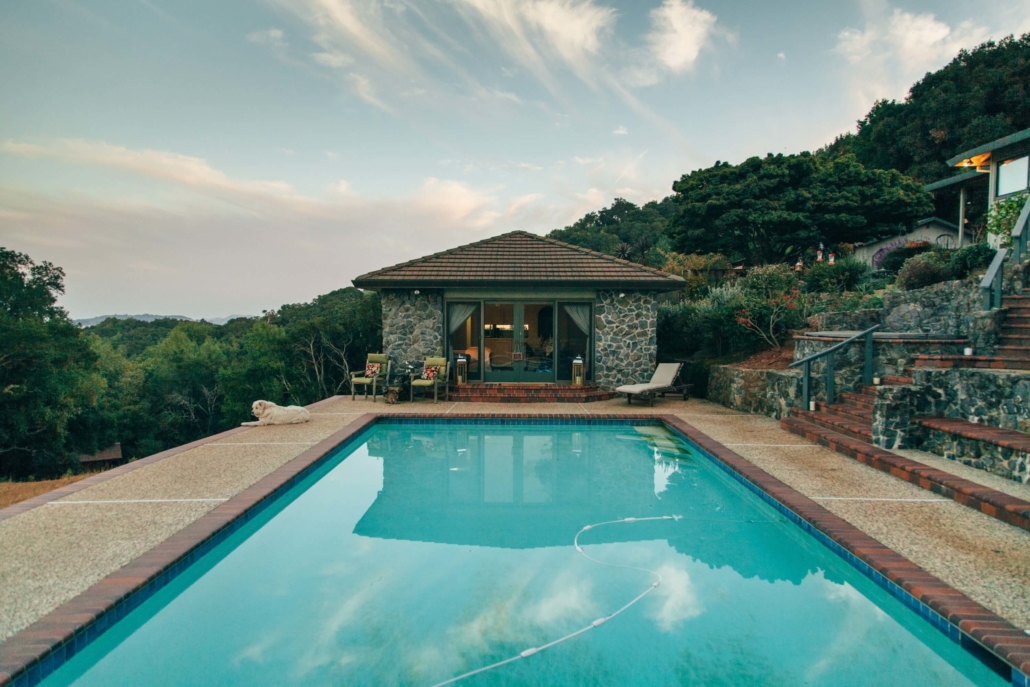
Estimated Return: Depends
Determining the ROI of a pool is tricky. In hot climates (think California, Arizona, Georgia, etc.), a pool is considered a necessity in many areas. Having one might be more of an expectation than a luxury, depending on your location.
That being said, pools are expensive. On average, expect to pay at least $20,000-$40,000 (costs vary by state) and then annual maintenance fees, which can also add up to another thousand a year. In states where a home pool is a rarity, this over-improvement might end up biting you.
If you’ve dreamt of owning a pool and know you’ll use it, we aren’t ones to stop you from getting one. Just keep in mind that in some circumstances, a pool can be a financial sinkhole instead of a fun swimming hole.
Planting Trees

Estimated Return: 100%
And to think we were told money can’t grow on trees! You’re likely to get all your money back by planting trees, which can cost a few thousand upfront. Trees look great, they help the environment, they provide shade, and they’re definitely a worthy backyard feature — just don’t plant them too close to your house.
Building an Outdoor Dining Area
Estimated Return: 71%
An outdoor kitchen and dining area is a relatively expensive backyard project (about $14,000 on average). However, its estimated ROI could be of great value to your home.
If you’re in an area where eating outside is easily accessible and you love to dine al fresco, you’ll love having an outdoor kitchen. But don’t let colder climates hold you back — add the firepit nearby or put in some heat lamps to make use of this space throughout the year.
Installing a Firepit

Estimated Return: 67%
Putting in a gas firepit and patio area isn’t too expensive — $6,000 on average for both — and is well worth the upfront costs. Firepits are synonymous with summer nights. Everyone loves spending time with friends and family out by the fire, watching the stars, and listening to the crickets chirp. This backyard upgrade is great for you in the present, as well as when you decide to sell.
Before You Get Carried Away…
Remember that too many additions can backfire. You might look at this list and think, “I could really up my home’s value by putting all these things in.” The truth is that an over-improved space can turn away interested buyers.
Buyers might love to see one, maybe two of these backyard improvements that add value. Too many will either a) raise your home’s price so high that you lose a lot of potential buyers or b) come across as a lot to manage or take care of, which also turn people away. An excess of upgrades can also look cluttered, especially if your yard isn’t big.
Maybe you’re feeling inspired to create your dream backyard. Maybe you’re ready to take on some smaller backyard tasks that you know will up your home’s value. Or maybe you’re thinking it’s better to sell your property as-is and start fresh with a new backyard. If that’s the case, look through our listings to find your dream home (and yard!), and learn about the benefits of selling with RealtyHive.

